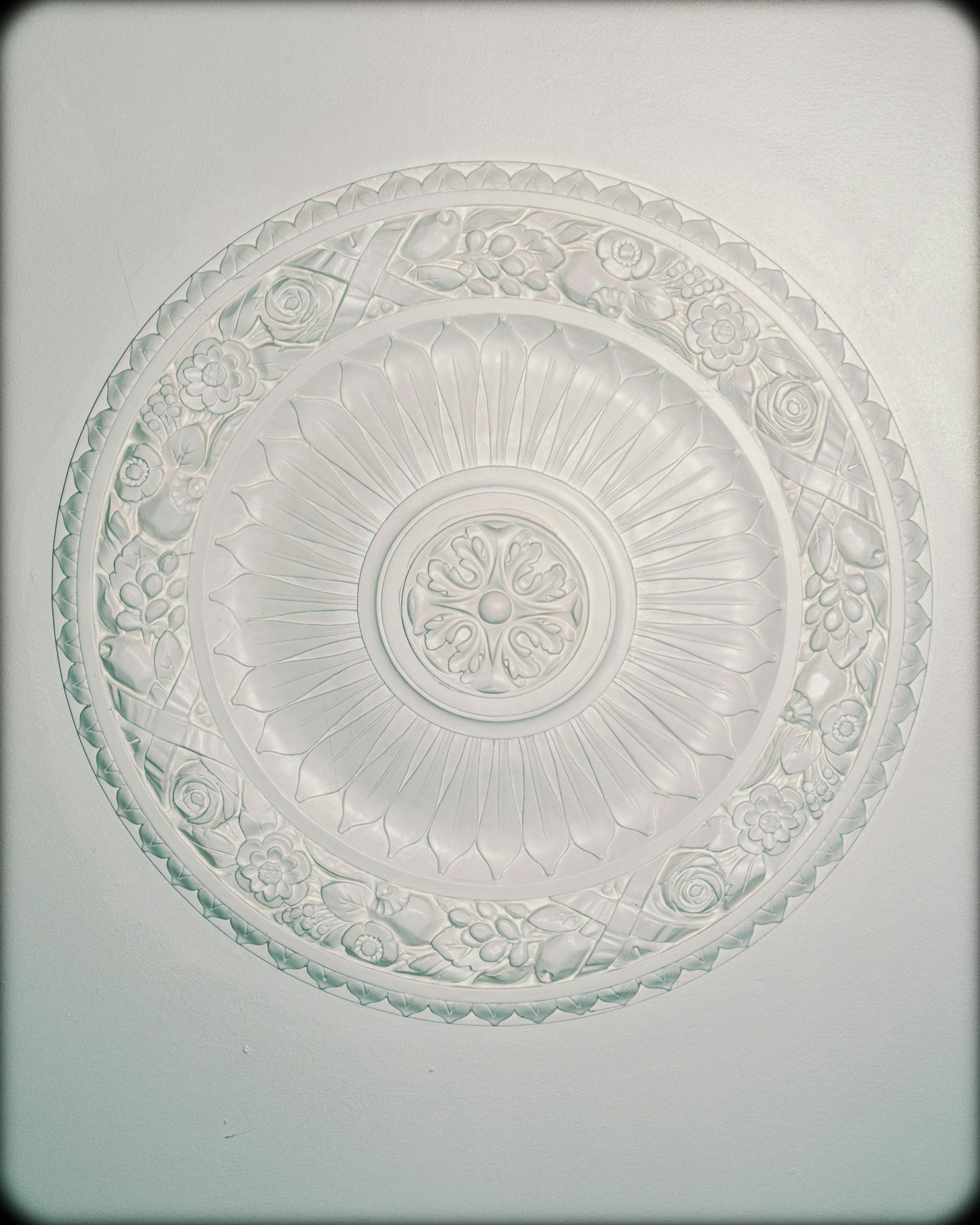Victorian ceiling roses add timeless elegance and intricate detail to any room, instantly elevating your interior’s character. Their rich history and varied designs offer both authenticity and versatility, making them ideal for restoration or modern décor. Understanding styles, size options, and installation tips unlocks their full potential—transforming ceilings from overlooked surfaces into stunning focal points with lasting charm.
Essential Guide to Victorian Ceiling Roses: History, Styles, and Modern Home Integration
Within the Victorian Ceiling Rose Collection, the origins of these ceiling medallions can be traced back to the nineteenth century, serving both a decorative and symbolic function in Victorian period architecture. Used to accentuate central light fittings, their presence signified confidence and attention to interior detail, while their ornamental motifs—including acanthus leaves, sunflowers, and laurel wreaths—often reflected the status and taste of the homeowner.
Topic to read : Upgrade your space with stylish frosted window films for privacy
Victorian ceiling roses are renowned for their intricate plasterwork and varied profiles. Common styles feature floral reliefs, scrollwork, geometric borders, and pierced elements. Larger rooms often display more expansive ceiling roses, while subtle, smaller designs appear in modest spaces. Each piece is crafted to blend seamlessly with other decorative mouldings such as coving and cornices, establishing a cohesive vintage ceiling embellishment.
Today, these authentic ornamental centerpieces are favored in both heritage home restoration and contemporary interior updates. Their versatility allows seamless integration into modern spaces, while remaining true to historical authenticity. Advances in lightweight polyurethane options make installation straightforward for both professionals and DIY enthusiasts, ensuring period charm can be achieved in homes of various eras.
Also read : Enhance your interior design with beautiful victorian ceiling roses
Choosing and Sourcing Authentic or Reproduction Victorian Ceiling Roses
Identifying Period-Accurate and Reproduction Options
Authentic Victorian ceiling roses, prized for their sharp definition and consistent quality, are usually made from solid plaster using traditional techniques. Genuine period pieces often feature distinctive motifs like acanthus leaves, floral swags, and intricate decorative relief work that reflect Victorian interior design elements. In contrast, reproduction options—crafted in plaster or lightweight polyurethane—faithfully replicate these historical patterns, while modern manufacturing ensures easier installation and improved durability.
Period-accurate antique ceiling décor offers undeniable heritage home decoration value, but restoring or mounting these can require specialist knowledge and may involve higher costs. Reproduction ceiling roses, including those from UK Victorian ceiling rose suppliers like Keaneys, maintain authentic detailing while simplifying handling, a benefit for both seasoned renovators and DIYers.
Sourcing and Purchasing Guidance
Seek reputable UK Victorian ceiling rose suppliers who provide both historic and contemporary designs. Many offer Victorian ceiling rose mold kits for tailored restoration, enabling flexible approaches to ceiling rose shopping in the UK. Reclaimed architectural features add character but necessitate checks on ceiling rose plaster quality and compatibility with your home’s scale and structure. Opt for molded roses if you want custom made ceiling roses, or support Victorian era home accents with genuine salvaged materials sourced through specialist dealers.
Pricing Considerations and Quality Assessment
Ceiling rose value and pricing depend on size, design complexity, material, and provenance. Authentic and reclaimed Victorian ceiling roses command a premium, while polyurethane or new plaster alternatives are typically more cost-effective. Always assess ceiling rose design inspirations for details in casting and finishing; fine ornamentation is a mark of superior craftsmanship, vital for any Victorian style home renovation or restoration investment.
Installation, Restoration, and Maintenance Insights
Step-by-step installation including safety tips and suitable fixings for different ceilings
Begin any ceiling rose installation by marking joist positions to ensure anchors are secure. Use proper ceiling rose installation tools—spirit level, pencil, adhesive, and suitable fixings for ceiling roses depending on ceiling material (plaster, lath-and-plaster, or plasterboard). For ornate plaster ceiling medallions in heritage home decoration, always screw plaster roses directly into joists for structural security. Polyurethane versions are lighter and suit both modern and Victorian ceiling rose designs—adhesive plus screws provide optimal results. Safety tip: Use goggles and dust mask when drilling or sanding any ceiling rose for period homes.
Professional and DIY restoration techniques for damaged or vintage ceiling roses
For restoration of plaster ceiling roses, gently remove flaking paint and fill cracks with fine filler. Use ceiling rose cracked repair solutions tailored for ornate plaster ceiling decoration. For DIY plaster ceiling rose repair, carefully sculpt missing elements or seek ceiling rose restoration services for intricate antique ceiling décor. Reclaimed architectural features sometimes require a custom-made approach, matching original ceiling rose shapes and profiles in line with Victorian ceiling rose craftsmanship.
Maintenance tips: cleaning, care, and periodic checks for ceiling rose longevity
Regular dusting maintains ceiling rose decorative plasterwork. For deeper cleaning, use a soft, damp cloth. Inspect periodically for cracks, especially in vintage ceiling embellishments. Ceiling rose care and maintenance includes gentle retouching of paint and checking fixings for ceiling roses, especially after redecoration or lighting upgrades.
Design Selection and Customization for Interior Harmony
Choosing the right plaster ceiling rose patterns starts by aligning your selection with the home’s period details or desired interior effect. In historic settings, Victorian ceiling rose designs—noted for ornate acanthus leaf motifs and delicate floral profiles—work seamlessly with vintage ceiling embellishments and traditional decorative moulding for ceilings. In contrast, minimal or plain ceiling rose styles and motifs can complement contemporary décor, bringing subtle character to modern living spaces.
Scale and proportion are essential. Ceiling rose sizes and dimensions should be matched to room proportions and ceiling height. A larger decorative Victorian ceiling rose centrepiece suits grand living rooms, while smaller, refined medallions provide grace for compact bedrooms and hallways. Mixing ceiling rose lighting combination ideas with various traditional or modern light fixtures presents opportunities for cohesive yet decorative ceiling design with roses and cornices.
Custom made ceiling roses unlock possibilities for true personalization. This extends beyond motif choice to shape, finish, and size, ensuring ceiling rose design customization to your unique brief. Customization is especially practical in Victorian home ceiling restoration projects requiring period authenticity—handcrafted ceiling rose design inspirations can echo original details, or reimagine history for today’s tastes through ceiling rose incorporation in modern homes.










